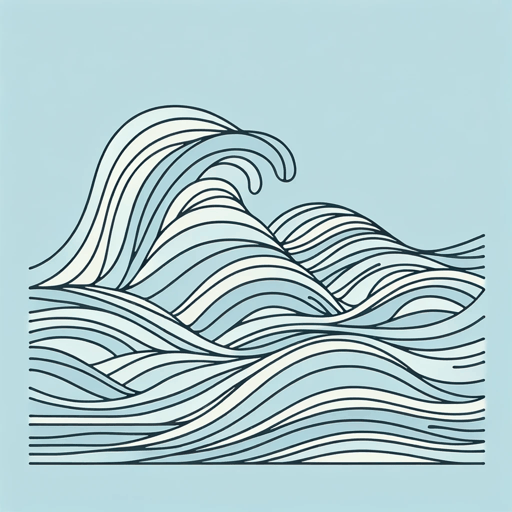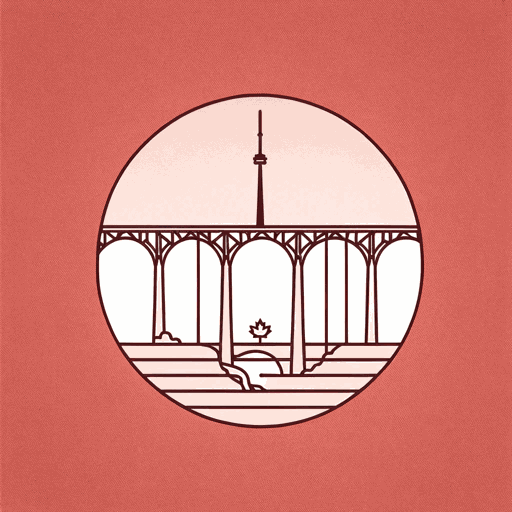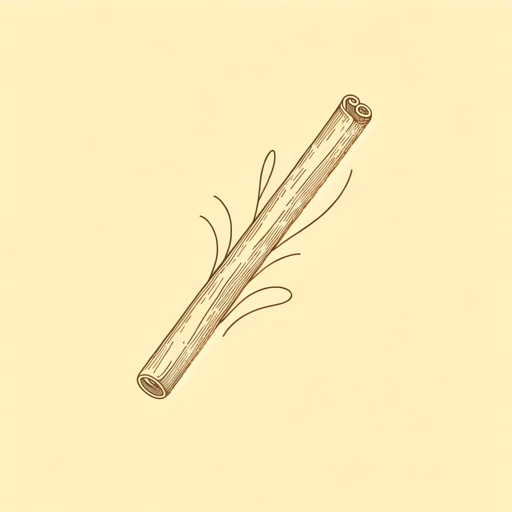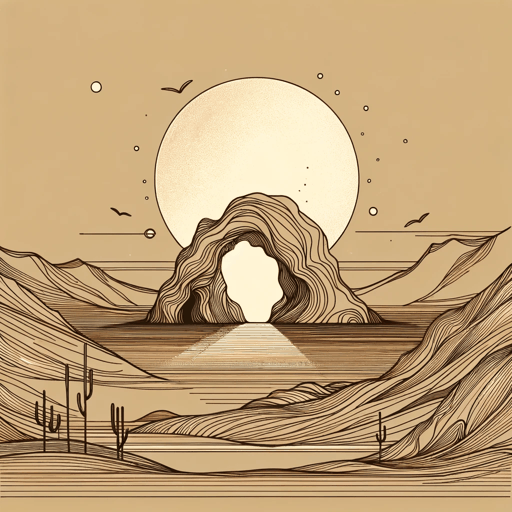59 pages • 1 hour read
Michael OndaatjeThe English Patient
Fiction | Novel | Adult | Published in 1992A modern alternative to SparkNotes and CliffsNotes, SuperSummary offers high-quality Study Guides with detailed chapter summaries and analysis of major themes, characters, and more.
Symbols & Motifs
Water
Despite the predominance of desert imagery, the novel uses water imagery for a number of symbolic purposes. It often denotes healing, nourishment, and the completion of rituals. As he remembers his rescue by the Bedouins, for example, Almásy recalls the role of water: “He could smell the oasis before he saw it. The liquid in the air” (6). Like the Bedouins, Hana uses water to try and heal, or at least soothe, Almásy’s burns: “Every four days she washes his black body, beginning with his destroyed feet. She wets a washcloth and holding it above his ankles squeezes water onto him, looking up as he murmurs, seeing his smile” (3). Kip also treats bathing as a symbolic act of purification, frequently washing his long hair and beard with a basin of rainwater “placed formally on top of a sundial” (72).
However, water also has associations with death and grief, particularly in its relationship to Katharine. Katharine, the novel says, was “always happier in rain, in bathrooms steaming with liquid air, in sleepy wetness” (170). This love for water becomes sadly ironic after she is left to die in the Cave of Swimmers. Almásy’s inability to return to the cave to save her mirrors his inability to find the oasis of Zerzura.
Related Titles
By Michael Ondaatje

Anil's Ghost
Michael Ondaatje

Coming Through Slaughter
Michael Ondaatje

Divisadero
Michael Ondaatje

In the Skin of a Lion
Michael Ondaatje

Running in the Family
Michael Ondaatje

The Cat's Table
Michael Ondaatje

The Cinnamon Peeler
Michael Ondaatje

The Collected Works of Billy the Kid
Michael Ondaatje

Warlight
Michael Ondaatje

